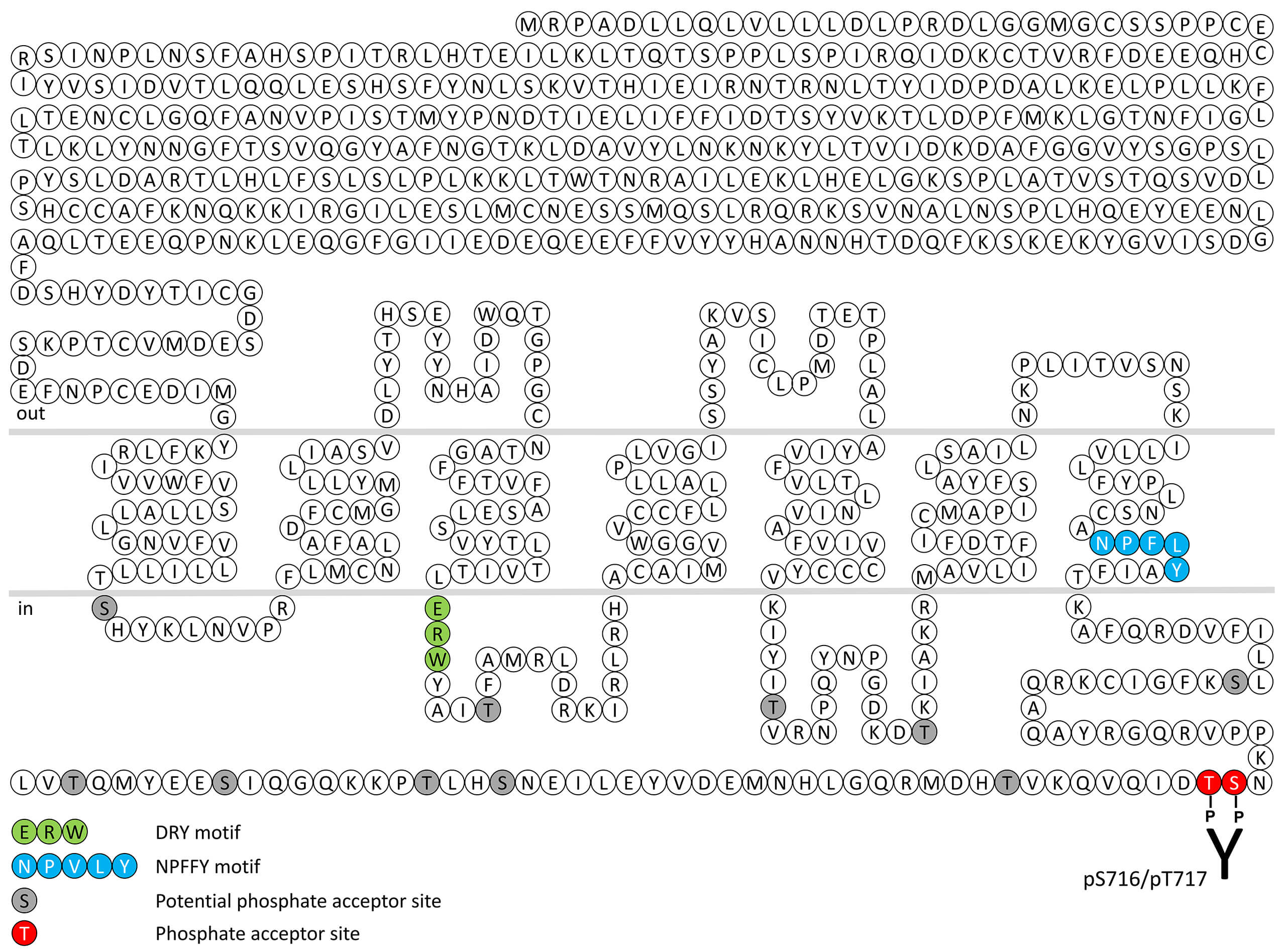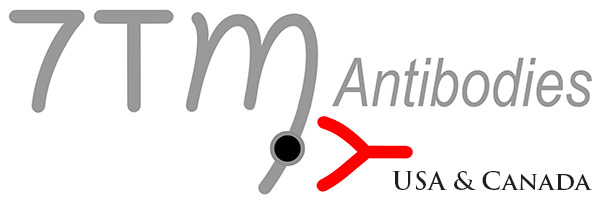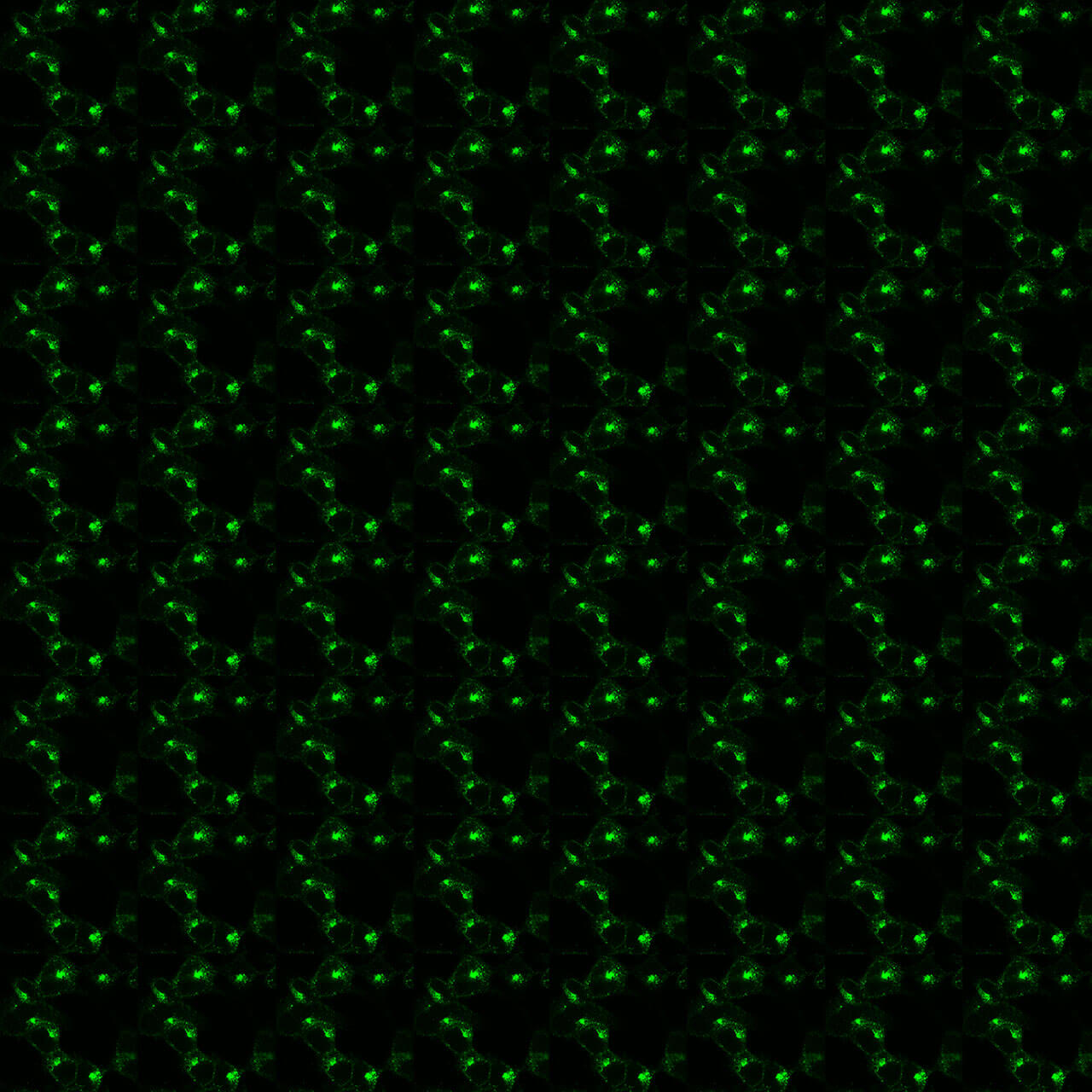Thyrotropin Receptor Antibodies

The TSH receptor is the main regulator of the thyroid gland. It controls both the function and the growth of the gland. Activation of the receptor stimulates thyroid hormone synthesis, thyroid hormone secretion and thyroid growth. Basal stimulation of the receptor is required to maintain the differentiation state of the gland, which involves maintenance of transcription of thyroid-specific genes (thyroglobulin, thyroperoxidase, Sodium-Iodide symporter). Most of these effects, including stimulation of growth, are mediated by cAMP. In man, activation of thyroid hormone synthesis, which involves generation of hydrogen peroxide, is a Gq-dependent effect. Control of the thyroid gland by the pituitary functions as a relatively straightforward chemostat, with the level of circulating thyroid hormones controlling negatively the production of TSH by the pituitary thyrotropes. The TSH receptor has been shown to function also as the receptor of another, recently identified glycoprotein hormone, thyrostimulin. Although it displays high affinity for the TSH receptor, its role is still largely unknown. TSHR activity is regulated by phosphorylation of carboxyl-terminal serine716/threonine717 (pS716/pT717-TSHR). This nomenclature refers to the human TSHR receptor. This phosphorylation motif is very similar in mice and humans. The TSH receptor is the primary target for the approved drug thyrotropin alfa, a recombinant form of the endogenous peptide.
For more information on TSHR pharmacology please refer to the IUPHAR database. For further reading refer to:
Szkudlinski MW, Fremont V, Ronin C, Weintraub BD. Thyroid-stimulating hormone and thyroid-stimulating hormone receptor structure-function relationships. Physiol Rev. 2002 Apr;82(2):473-502. doi: 10.1152/physrev.00031.2001. PMID: 11917095.
Costagliola S, Dias JA, Gershengorn M, Pawson AJ, Segaloff DL, Themmen AP, Vassart G. Glycoprotein hormone receptors (version 2020.4) in the IUPHAR/BPS Guide to Pharmacology Database. IUPHAR/BPS Guide to Pharmacology CITE. 2020; 2020(4)
 pS716/pT717-TSHR (phospho-Thyrotropin Receptor...
pS716/pT717-TSHR (phospho-Thyrotropin Receptor... 

